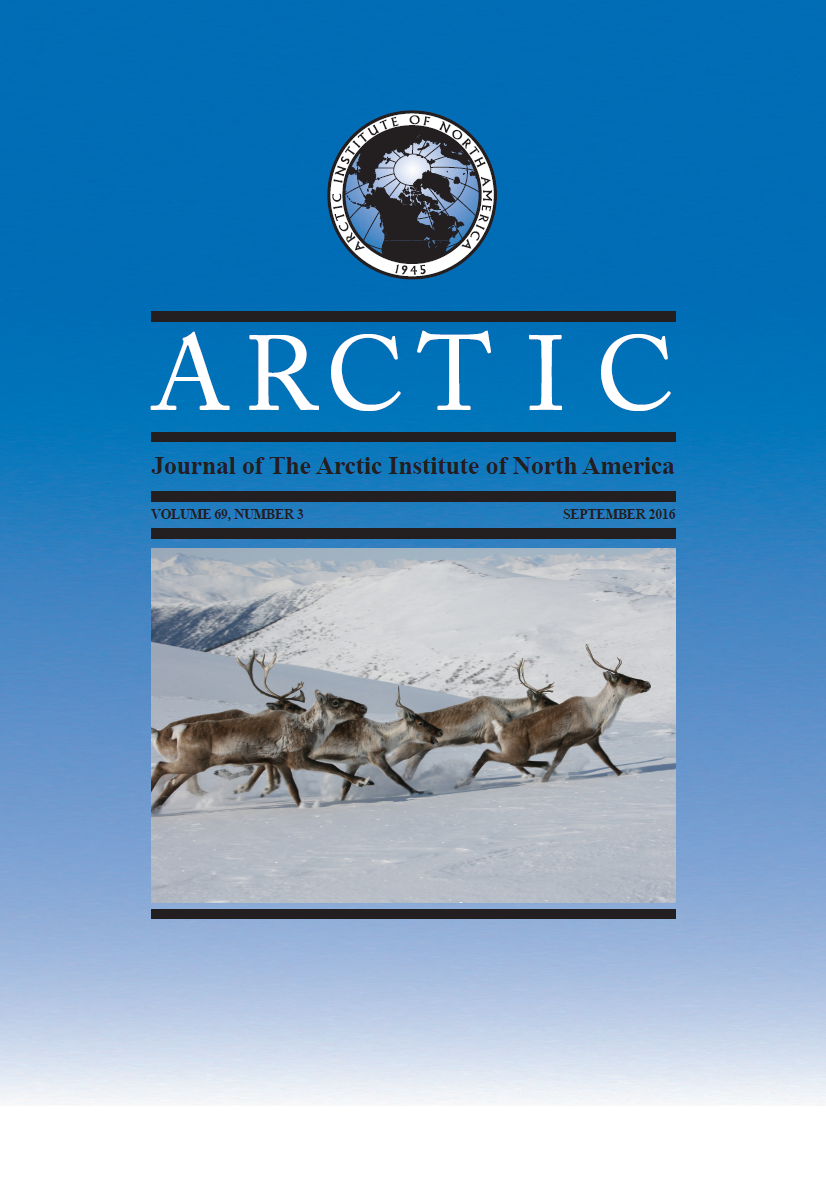Challenges in the Assessment of Inuit Food Security
DOI :
https://doi.org/10.14430/arctic4579Mots-clés :
sécurité alimentaire, Inuit, peuples autochtones, subsistance, économie mixte, méthodes de rechercheRésumé
Au cours des dernières années, les modules de questionnaires portant sur la sécurité alimentaire ont beaucoup été utilisés dans le but d’évaluer l’accès aux aliments par les Inuits. Cependant, ces modules s’appliquent mal aux économies mixtes caractérisées par des régimes alimentaires composés de nourriture achetée et de nourriture traditionnelle (produits de la chasse, de la pêche et de la cueillette). Ces méthodes ont été rigoureusement mises à l’épreuve et modifiées afin d’être employées en Alaska. Toutefois, les recherches effectuées dans l’Arctique canadien n’ont pas été évaluées minutieusement. Le présent article examine l’utilité d’une version modifiée du Household Food Security Survey Module développé par l’USDA, un type de questionnaire couramment utilisé, afin d’évaluer la sécurité alimentaire des ménages inuits à Kangiqsujuaq, au Nunavik. Les données analysées émanent de 110 ménages sondés dans le cadre d’une étude ethnographique prolongée. Les résultats montrent que, malgré certaines modifications portant spécifiquement sur la nourriture traditionnelle, le module ne mesure que la dimension de la sécurité alimentaire liée à la richesse matérielle. Cette dernière facilite l’accès à la nourriture traditionnelle en favorisant l’accès aux équipements de chasse. Toutefois, d’autres facteurs liés à l’accès à la nourriture traditionnelle peuvent influer sur la fiabilité de certaines questions du module. En conséquence, les études qui évaluent la sécurité alimentaire des Inuits en ne se basant que sur le questionnaire portant sur la sécurité alimentaire risquent de mal représenter l’insécurité alimentaire telle que perçue par les Inuits. Ce problème est préoccupant étant donné la crise d’accès à la nourriture qui prévaut actuellement chez les Inuits du Canada. Des outils de recherche permettant de mieux évaluer l’accès à la nourriture traditionnelle devront être développés, en particulier en ce qui a trait aux connaissances traditionnelles et aux réseaux d’entraide sociaux.


